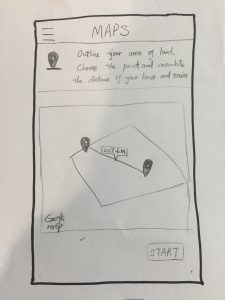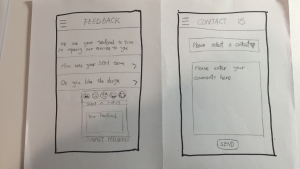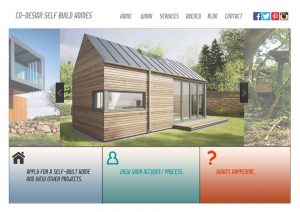Blog6—A reflective view on Guest lectures:
Joanna:
- Great point to include the NGO’s who are relevant to a project. When it comes to self-build houses, NGO’s have great potential to have a greater influence on a much higher quota of people. As well as not only looking for people who are able, we need to ensure clientele are actually willing to commit towards a self-build organisation.
- Mentioned that in this day and age, can’t rely on one single technology. This solidified our ideas to include both the website and the application. (Mentioned earlier by Sebastian that both TABLETS and SMARTPHONES are increasing in usage.
- The term urban manipulation was used and I very much was in agreement with this. We are essentially, with self builds, trying to manipulate designs with the clients to be more satisfactory and indeed more relevant to themselves.
Joanna talked a lot about a greater need for a more collaborative planning system and I feel this does need to be addressed more.
Matthias:
- He talked about the ever increasing role of the Mobile Democracy and its increasing anchor on our lives. This I feel is to be heightened over time and why the use of an app is fundamental to our project.
- Interesting how he said that he also used QR codes in his work but did not find them as useful as other methods. The team are going to look at any other potential ideas of which could replace the QR code if this was needed.
- Matthias spoke about how in Finland and Denmark, citizen participation is mandatory. We are intrigued on how local governments and schemas have managed to create this culture. How could we use this as influence to get our clients more involved with the design of self-buildings? As well as this, is it law or just local government selective?
He also had a strong theme about partnership and the term strategic partnership was used a lot. For someone to be present as well as active in an area is a very good idea and this would help our project. Especially when it comes to the continuation of the scheme. (If a self-build organisation did have a meeting or a page, using our idea of 3D Modelling should prove we are present in a scheme.)
Some Afterthoughts…
I would say that the guest lectures where very usefully for our team. We have taken some inspiration from them and it has made us this about some limitation of our work also. I am very interested to see the outcomes of the Amsterdam model that was shown during Joanna’s presentation. It was mentioned that local people had to pay a small stipend to the organisations to help with funding. If it’s possible, are any data sets available for people’s views on this, some questions I have are:
- Do you feel it’s worth the stipend you pay? (With basic reasoning for an answer)
- Are you happy that you pay?
- Would you recommend this to other organisation?
- What do you feel you have got out of this experience?
Many thanks Sebastian. From the Self Build Team.
 **
**

